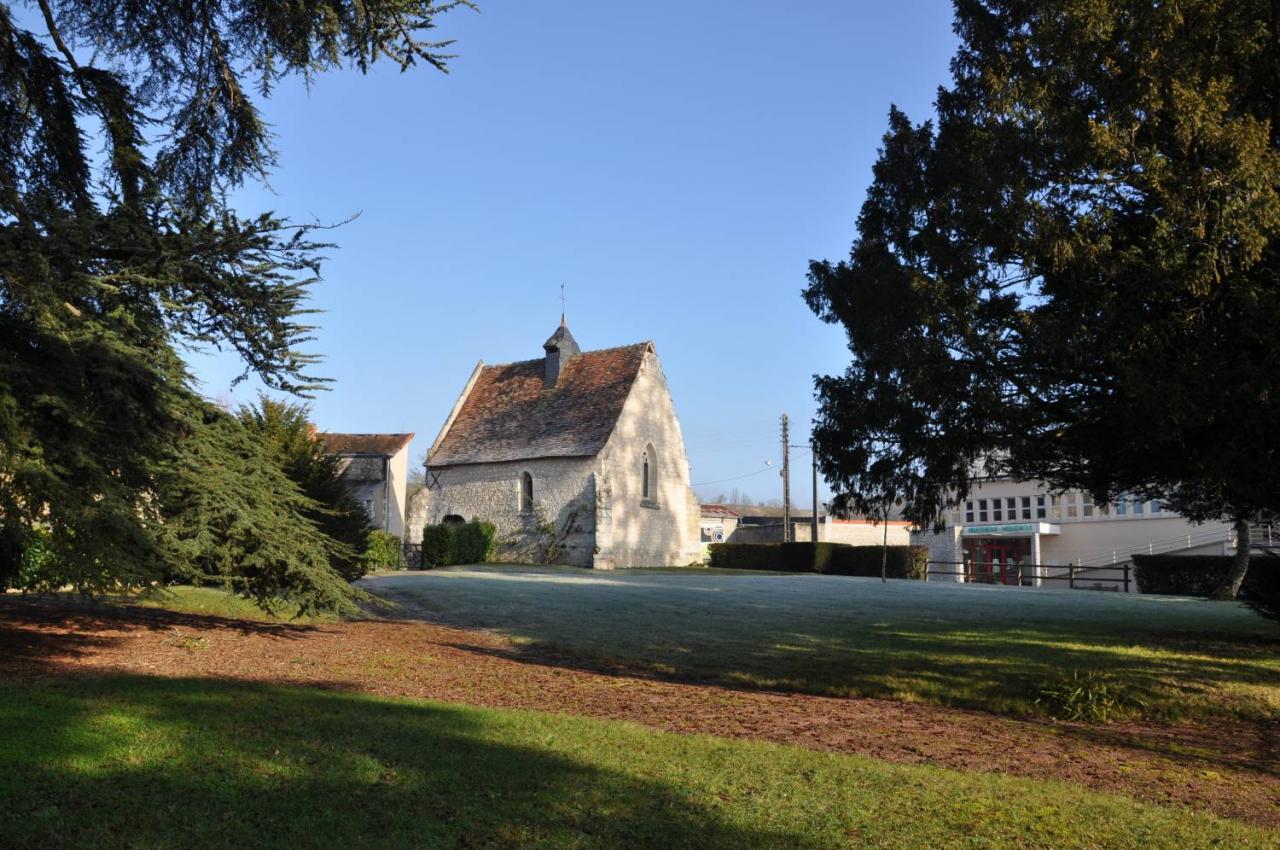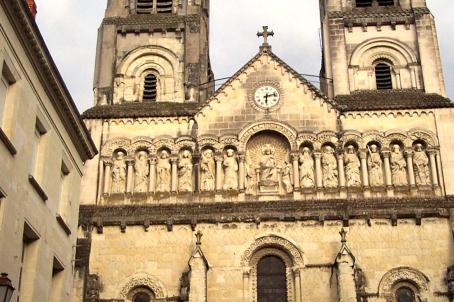Chapel de Tous-les-Saints
The chapel of Tous-les-Saints, built in the 15th century, is located in Preuilly-sur-Claise. A polychrome paneling vault displays a macabre dance painted on the walls in shades of red, yellow and ocher. This procession includes notable religious figures and villains whose depiction reflects the equality of all before death in times of war and serious epidemics. On the chevet, flanking the altar, a group of musicians accompany them.
About this building
The chapel of Tous-les-Saints, listed as a Historical Monument, is located in Preuilly-sur-Claise, in the Center-Val de Loire region. This charming little chapel was built in the 15th century, as evidenced by the flamboyant Gothic style of the bay behind the altar. Sacked during the wars of religion in 1562, the walls of the murals were systematically destroyed.
The structure was modified in the 17th century with the opening of a door to facilitate access to the cemetery. A nineteenth century restoration covered the walls with a coating, requiring the paintings to be redrawn. Finally, in the early twentieth century the cemetery was transferred, leaving the abandoned chapel to deteriorate.
The chapel is built to a rectangular plan. It has a paneled nave with a flat chevet and its walls are pierced to the west by a molded door and an elegant Gothic window with flamboyant tracery. A steeple with a slate roof points to the sky.
A polychrome paneled vault displays a macabre dance painted on the walls in shades of red, yellow and ocher. According to the canons codified at the end of the Middle Ages, the procession details notable religious and villainous figures whose skeletons-reflections represent the equality of everyone before death in times of war and serious epidemics. On the chevet, flanking the altar, a group of musicians accompany them.
A unique feature of Preuilly is that, on one side, a dance of women is displayed and on the other, one of men, a very rare configuration. The scenes are distributed in contiguous rectangular panels. On the same wall, to the right of the altar, two female figures are discernible, one wearing a royal crown, the other holding a crozier, who is presumably the abbess. The figures are accompanied by inscriptions in Gothic characters.






